Venison Jerky
This is the time of year where I get to making a serious batches of venison jerky. When I do it, I do it in a big way– about 10 lbs at a time. I figure it is about time I let someone in on my method. This is absolutely the easiest recipe I’ve seen.
First off, I like to use left over roasts and steaks. If I have anything left over from a previous year, this is a great way to use it up. Start off by partially thawing the package. A partially frozen hunk of meat is much easier to cut. I cut strips, slabs, medallions, whatever, about 1/8″ thick. I found an inexpensive meat slicer about 10 years ago, and it revolutionized my jerky making. I think I saw the same model online for $45.
For about 12 lbs of jerky I use one 16 oz bottle of Dales Steak Seasoning or Kroger’s as a marinade. They’re the same thing– same bottle, different label. As I’m cutting, every time a pull a handful of meat off the platter and put it in the tub, I’m sprinkling it with some as I go.
Next, come the dry components. The easiest is to get a big container of Montreal Steak Seasoning and sprinkle it to taste. I could not find a big restaurant size, so I went out looking for a recipe on the Internet. Several sources were all in agreement:
1 spoon of Kosher salt
2 spoons of coarse ground black pepper
2 spoons Paprika
1 spoon Garlic powder
1 spoon Onion powder
1 spoon Coriander
1 spoon red pepper flakes
1 spoon Dill
I ground everything to a powder except the pepper. I like the red pepper flakes showing up on my jerky. A store-bought Montreal Seasoning is all coarsely ground ingredients. I used tablespoons of these ingredients and ended up with what I would call a hot jerky. If I’d used teaspoons, it would have been very mild. If I was using store-bought Montreal Seasoning, I probably would have used 2 oz. This batch used 4 oz of equivalent. The reason being that most of the folks I’ll be sharing this with like hot jerky.
Once everything is put together, I started massaging the meat every half hour for 2 hours. I kept turning it over, separating the big clumps, and making sure the marinade was well distributed. Longer is better, but you have to watch your time. I will explain that in a bit. The meat stays cold if this is done at room temperature. My hands were freezing. Again let me remind you to start with partially frozen cuts. This ensures both easy cutting as well as no spoilage.
I use jerky trays meant for an oven. They cost about $35 for 3 trays and a drip pan. For this batch I used all six wire mesh trays and still had two trays worth of jerky left over. After I loaded the trays, I popped them in the oven, set the oven for the lowest possible setting and then left the door just slightly open.
The process of making a 12 lb batch of jerky is laborious. I started at 10 AM with wrapped frozen cuts and put the trays in the oven at 3:30 in the afternoon. It was 9PM, when I finally turned the oven off and shut the door.
As I mentioned earlier, timing is everything. At 9PM, the jerky was still a few hours away from being perfect. I turned the oven off, because if I had let it go until morning I would have had cinders. I like leather-like jerky– still a bit pliable. This morning, I got up at 5 AM and pulled off most of the top two trays, added the remainder of what I had prepared and put the oven back on. The trick here is not waiting until lunch time to start your jerky making. It would be even better if I had cut my meat on Saturday and let it marinade overnight. However, my schedule would not allow it.
February and March are my favorite jerky making months. I like it cold outside, because then I can store the meat in the garage while it is marinading. It is 10 F right now and snowing. The last thing you want to do is wait until August and try to do a big batch. I have never had a batch go bad, but I used to work at a frozen cheeseburger factory. The raw side of the plant was kept at 40F.
This post has already been read 656 times!
Views: 1
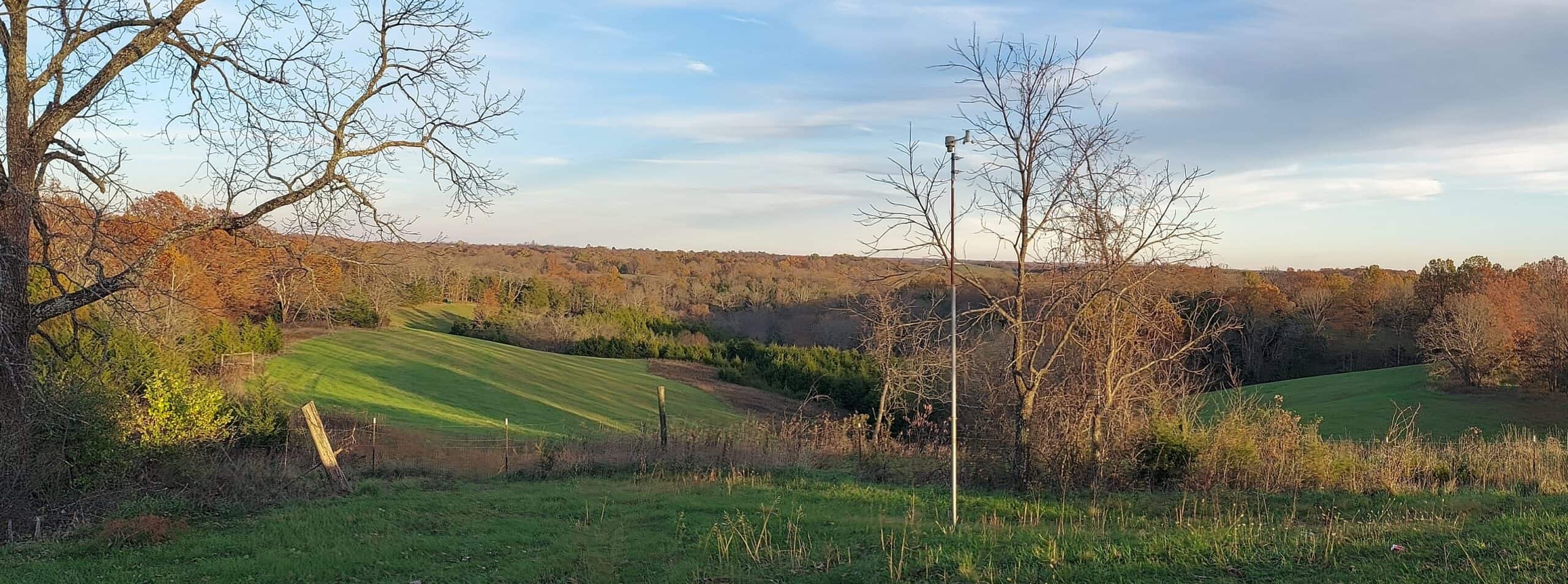

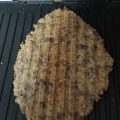
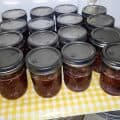

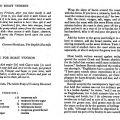
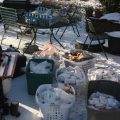
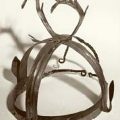
Pingback:Playing with my Meat | Genesis9:2-4 Ministries